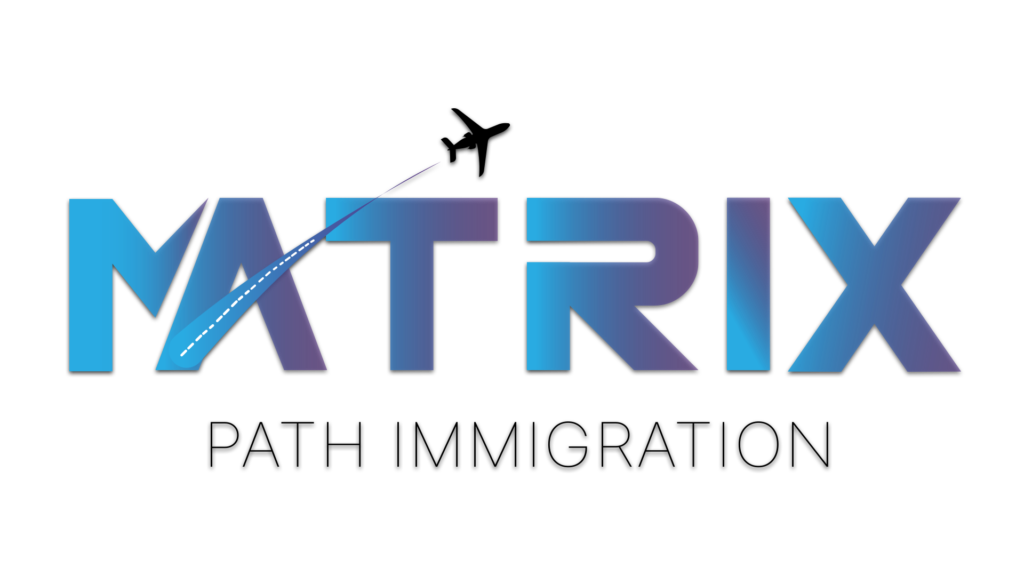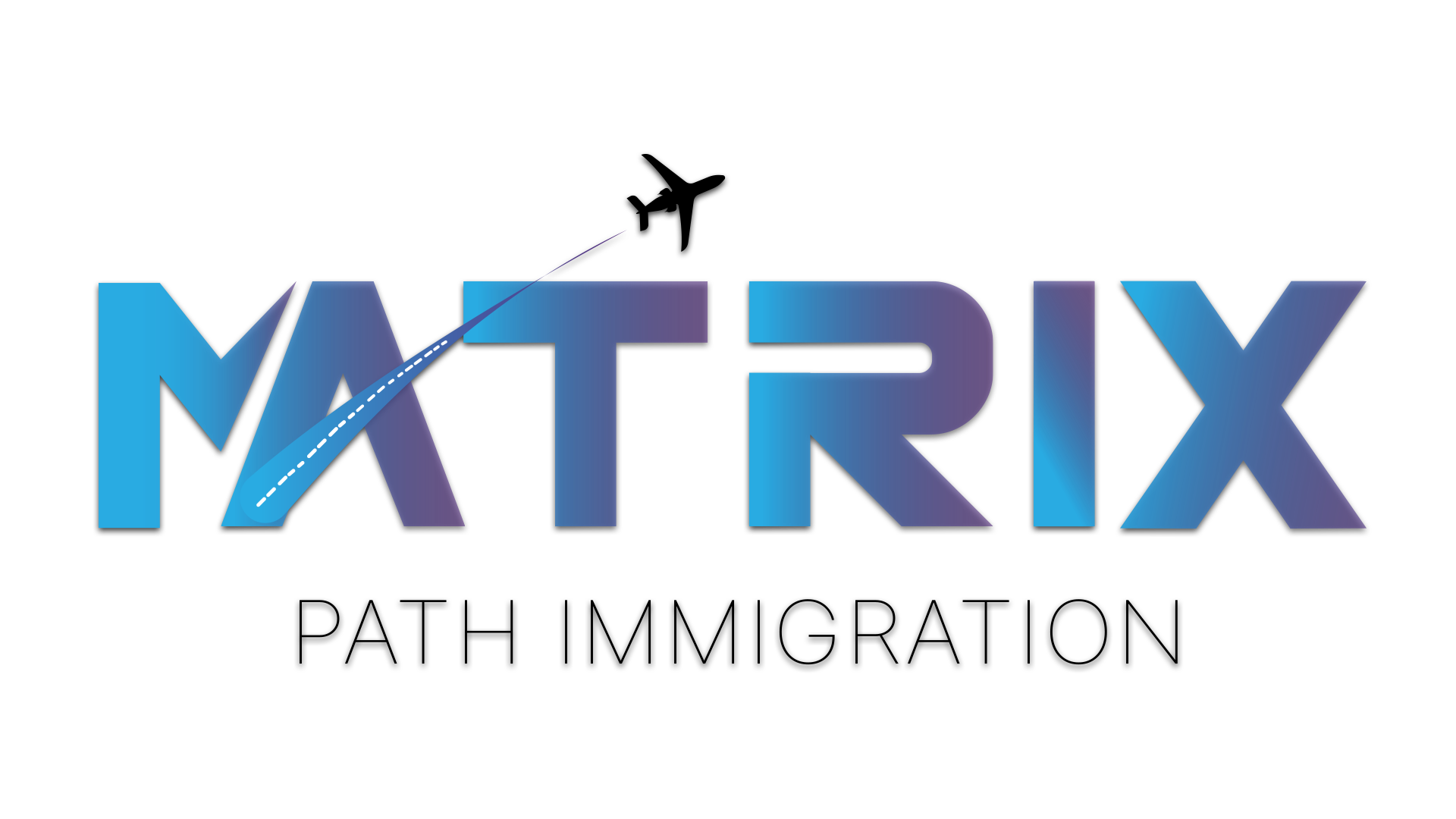Embarking on a journey to a new country is an exciting but complex process. The choice of the right immigration visa program plays a pivotal role in ensuring a smooth transition. In this blog post, we will provide a comprehensive overview of some of the most popular immigration visa programs, shedding light on their eligibility criteria, application processes, and key features.
Work Visas: Paving the Path for Professional Opportunities
Work visas are designed for individuals seeking employment opportunities abroad. They are often employer-sponsored and require a job offer from a company in the destination country. Common examples include the H-1B visa in the United States, the Skilled Migrant Visa in New Zealand, and the General Skilled Migration (GSM) program in Australia.
Eligibility Criteria: Typically, applicants must possess relevant qualifications, professional experience, and, in some cases, pass a skills assessment.
Application Process: The application process involves securing a job offer, meeting the eligibility criteria, and submitting the required documentation.
Family-Sponsored Visas: Uniting Loved Ones Across Borders
Family-sponsored visas are intended for individuals who wish to reunite with their family members already residing in another country. Examples include the Family Reunification Program in Canada, the Family Preference category in the U.S., and the Family Stream in Australia.
Eligibility Criteria: Eligibility is often based on the relationship with the sponsoring family member, such as spouses, parents, or siblings.
Application Process: Applicants must meet relationship requirements, provide supporting documentation, and sometimes undergo interviews.
Student Visas: Opening Doors to Educational Opportunities
Student visas cater to those seeking educational opportunities in foreign countries. Common examples include the F-1 visa in the U.S., the Student Route in the U.K., and the Student Visa in Canada.
Eligibility Criteria: Requirements typically include acceptance into a recognized educational institution and the financial means to support oneself during the study period.
Application Process: Students must secure admission, provide proof of financial capability, and sometimes undergo health checks.
Skilled Migration Programs: Pointing Towards Permanent Residency
Skilled migration programs are often points-based systems that prioritize individuals with specific skills and qualifications. The Express Entry system in Canada, the Skilled Independent Visa (subclass 189) in Australia, and the Global Talent Stream in the U.K. are examples.
Eligibility Criteria: Applicants are assessed based on factors such as age, education, work experience, language proficiency, and job offers.
Application Process: Candidates typically submit an expression of interest, receive an invitation to apply, and then submit a formal application.
Choosing the right immigration visa program is a critical step in achieving your aspirations of living and working in a new country. Whether you’re driven by professional opportunities, family reunification, educational pursuits, or the desire for permanent residency, understanding the intricacies of each visa program is key. Stay informed, seek professional guidance when needed, and embark on your immigration journey with confidence.



